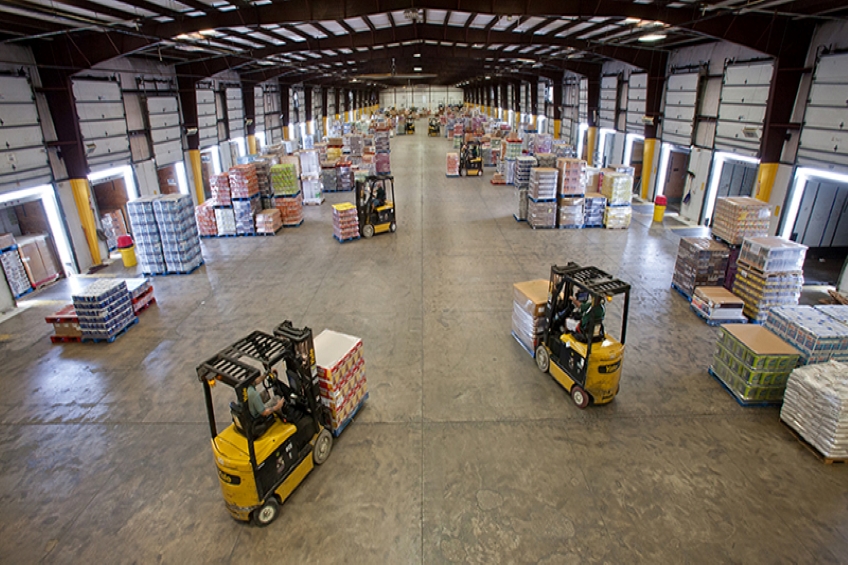Pandemic restrictions, and fears, have contributed to the extraordinary growth of online ordering. While growth is good, this type of growth has presented unique challenges for today’s distribution center.
Greater customer demands have added to omnichannel issues forcing businesses to re-examine their distribution center operations. For instance, warehouses historically may have fulfilled thousands of orders a week, but now are expected to fulfill tens of thousands of orders and… do it faster than ever before. No time for old processes. To stay on top of this distribution increase and keep your business viable, changes will have to be taken. Here are some action items to consider:
Localized Distribution Center – Get product to customers quicker.
If possible, running a warehouse facility closer to your customers can allow you to leverage inventory in new and better ways. If your goal is to speed up delivery times, localized distribution centers give you a competitive advantage, making it possible to offer same day or next day delivery. If you’re a small business or a start-up, multiple distribution centers may not be on the radar quite yet but something to plan for in the future.
Customer Specific Labels – Stop redundant labeling processes.
Streamline operations through processes as simple as creating customer specific labels can be huge. An inventory management system enables you to easily take care of your regular customers. It’s a waste of time to create a new label every time you’re shipping to a certain customer.
Having a built-in labeling system, which recognizes each customer’s preferences, will not only get the right order shipped to the right client but also make it much easier for fulfillment workers. They will always be dealing with correct labels every time, minimizing order and shipping errors. Ultimately enhancing the company bottom line.
Design for Peak Times – Automation could be the answer.
Every business has peak times. Pretty easy to plan for with any historical data. But now with online orders rapid fulfillment can now be a challenge. As a result, businesses quickly become completely overwhelmed by the much higher demands throughout the year.
Designing distribution for the new “peak”, an automated picking engine could help handle everyday demand. This could include the use of a cross-belt sorter or goods-to-person picking solution, enhanced by an automated solution to handle peak demand.
As with all these actions data collection is imperative for accuracy, historical reporting and planning.
Collect Data – Increased productivity, accuracy and informed decisions.
Amazingly, there are still businesses that don’t track inventory and/or processes at all or use manual tracking methods like pen and paper or spreadsheets. If this sounds like your company, then you can forget accuracy.
An automated inventory management system and data collectors will not only eliminate human error that happens often with manual methods, but offers analytical tools available to help marry product dimensional data with detailed order volume history and inventory.
Things you can track and report on:
- Any barcoded entities
- Production, inventory and sales
- Quality assurance, quality control entities
- Temperatures and environment conditions
- Weighing and packaging
- In-warehouse location
- Recall – Digital Traceability
- Sorting, and much more…
Operational efficiency and inventory accuracy significantly decrease when product dimensional data is incorrect. When planning storage for products with a wide variety of storage and handling needs, accurate dimensional data is necessary to operate a labor-efficient space. Also, accurate real-time and historical data is critical.
Let’s face it… your warehouse is the lifeblood of your business and should be treated with importance and priority. Coolearth Software can help with all your distribution needs. Give us a call if you would like to learn more.

